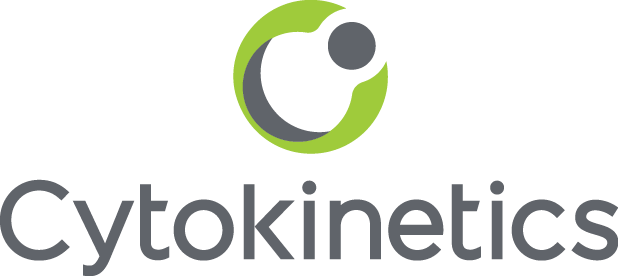The top-line results from the Cytokinetics Inc Phase IIb clinical trial of Tirasemtiv were announced last week. Following this announcement, detailed results were then presented on 29 April 2014 at the Annual Academy of Neurology (AAN) meeting. 
Unfortunately, although the drug was found to be safe, the results concluded that Tirasemtiv did not meet its primary objective, showing no difference in disease progression, as measured by the ALS Functional Rating Scale (ALSFRS) compared to placebo matched controls. Cytokinetics Inc have stated that further study of Tirasemtiv is needed.
What is Tirasemtiv?
Tirasemtiv (formerly known as CK-2017357) is a drug produced by the company Cytokinetics Inc. It aims to temporarily increase muscle strength in people living with MND. Unlike Riluzole, Tirasemtiv does not aim to slow down the progression of the disease. Instead tirasemtiv aims to increase quality of life through maintaining function by increasing muscle strength.
How does it work?
Our body consists of cardiac (heart muscle), smooth (involuntary muscle found in the walls of organs) and skeletal muscles (voluntary muscle to control body motion and posture).
Tirasemtiv works by activating a complex within the skeletal muscle, known as troponin. Troponin is an essential protein involved in skeletal muscle contraction which causes a muscle to contract when calcium levels increase.
Skeletal muscles normally work together in pairs by one muscle relaxing and the other contracting. The muscle either contracts following a nerve signal by a motor neurone, or relaxes if no signal is received. This relaxing and contracting gives rise to movement.
A nerve signal from a motor neurone causes all the cells within a muscle to contract by an increase in calcium, which in turn binds to the troponin protein within the muscle. This binding of the troponin causes the muscle fibres to get shorter and contract by ‘grabbing’ and ‘pulling’ the fibres of the muscle together.
In MND the signal from the motor neurone does not occur, causing the muscles to no longer contract. Tirasemtiv increases the sensitivity of the troponin protein to calcium, which results in an increase in muscle contractions, stronger muscles and slowing of the time taken for muscle weakness in MND.
What did the trial involve?
The Phase IIb clinical trial of Tirasemtiv (known as BENEFIT-ALS) was designed to test the safety and tolerability of the treatment in 605 people living with MND across 70 sites in America, Canada and Europe (including the UK). The trial also aimed to investigate the efficacy of the drug, to find out whether or not it had a beneficial effect.
Participants were randomised and either given Tirasemtiv or the placebo (a dummy drug to act as a control) for 12 weeks. During this time period base levels were monitored to establish if the drug was safe and well-tolerated.
“We need to find out whether a drug works and find out whether it’s the drug working or the mind playing ‘mind games’. If the placebo has got to prove if the drug works it makes it as important as the actual drug.” – participant in previous MND clinical trial
The results and what they mean for people living with MND
Although the drug was found to be safe, the results from the trial showed that Tirasemtiv was not beneficial in people living with MND, compared to controls – failing its primary objective.
A primary objective is the primary aim of the trial, which is ultimately what the researchers are investigating. In the case of Tirasemtiv this was: Does the drug slow down the progression of MND compared to controls as evaluated with the ALS Functional Rating Scale (ALSFRS)? The results showed that the ALSFRS failed to show a difference between those on the placebo and those on the trial drug.
The secondary objectives, unlike the primary, aim to evaluate other factors. This included measures of respiratory function (eg Maximum Voluntary Ventilation) and muscle strength (eg Hand Grip Fatigue). These results were ‘mixed’ only showing a statistically significant decrease in Slow Vital Capacity (a measure of the strength of the muscles involved in breathing) in the Tirasemtiv group. Although differences were seen in Maximum Voluntary Ventilation and Handr Grip Fatigue these were deemed not to be statistically significant.
Next steps?

Dr. Jeremy Shefner, who presented the results said: “While this clinical trial did not meet its primary efficacy endpoint, it is the first clinical trial in patients with ALS to demonstrate a positive and potentially clinically meaningful effect on Slow Vital Capacity, an important measure of disease progression and predictor of survival. The results of BENEFIT-ALS support continued investigation into the role Tirasemtiv may play in the treatment of patients with ALS.” (Taken from the Cytokinetics Inc press release)
More information:





Reblogged this on ALS ile YAŞAMAK.